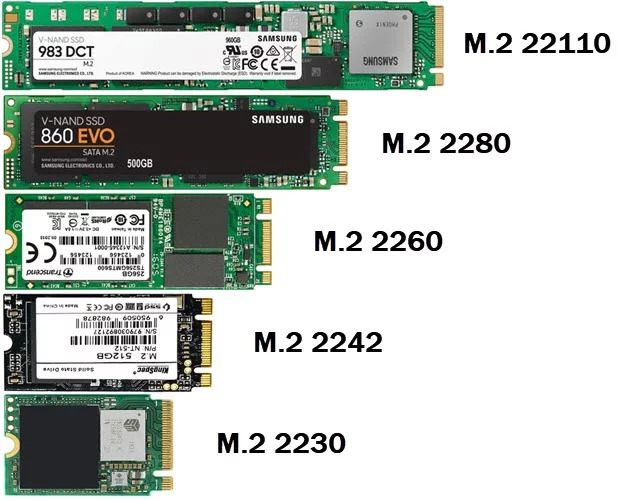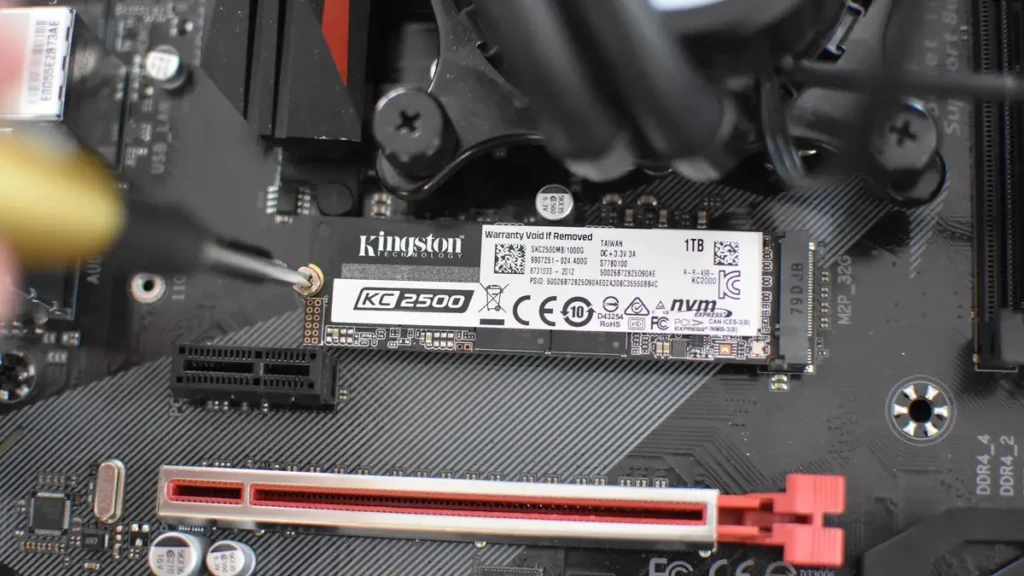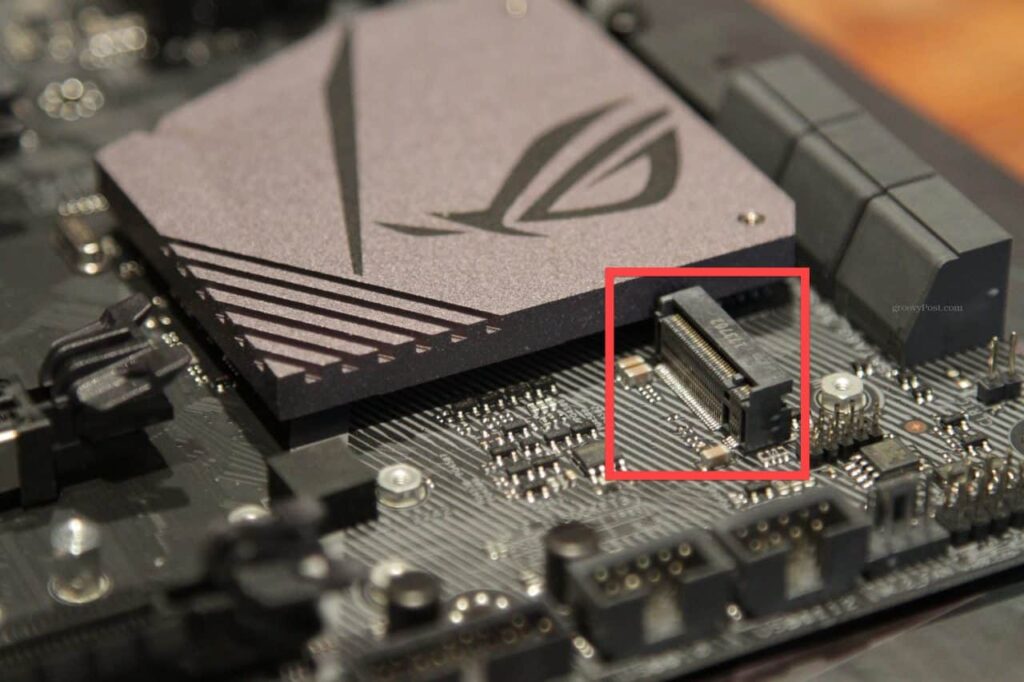Table of Contents
When I upgraded my computer with a new SSD, I was surprised to learn that not all SSDs fit every motherboard. After some research, I discovered the importance of checking compatibility first. Sharing my experience, I found that knowing the specs saved me time and money, ensuring my new SSD worked perfectly with my setup!
Not all SSDs are compatible with every motherboard. It’s important to check the types of SSDs your motherboard supports, such as SATA or NVMe, and make sure they match. Always verify compatibility before purchasing to avoid issues.
In this article, we will discuss all about “Are All SSD Compatible With All Motherboards”.
How do I know what SSD is compatible with my motherboard?

To find out which SSD is compatible with your motherboard, check your motherboard’s manual or specifications online. Look for supported SSD types, such as SATA or NVMe. Also, make sure to match the size and connector type of the SSD with your motherboard.
Do all SSDs fit in all motherboards?
No, not all SSDs fit in every motherboard. Compatibility depends on factors like the motherboard type (SATA or NVMe) and the physical size of the SSD. Always check your motherboard’s specifications before buying an SSD to ensure it will work properly.
Read More: Are Gigabyte Motherboards Good – The Ultimate Guide 2024!
Are SSDs compatible with everything?
Not all SSDs are compatible with every device. Compatibility depends on the type of SSD and the motherboard or device it connects to. Always check your device’s specifications to ensure the SSD will work properly before making a purchase.
Can I put my SSD in another motherboard?
Yes, you can put your SSD in another motherboard as long as the motherboard supports the type of SSD you have (SATA or NVMe). Just make sure to install the necessary drivers for the SSD to work properly on the new motherboard.
How do I find my SSD slot on my motherboard?
To find your SSD slot on your motherboard, open your computer case and look for the M.2 slot, which is a small, flat connector. If you’re using a SATA SSD, check for SATA ports that look like long connectors with metal parts.
Which SSD slot to use on the motherboard?
To choose the right SSD slot on your motherboard, check if your SSD is SATA or NVMe. SATA SSDs go into the long connectors, while NVMe SSDs fit into the smaller M.2 slots. Always consult your motherboard manual for the best guidance.
Are all SSD universal?
No, not all SSDs are universal. Different SSD types, like SATA and NVMe, have specific connections. Additionally, motherboards vary in compatibility. Always check your motherboard’s specifications to ensure the SSD you choose will work with your system before making a purchase.
What’s the difference between SATA and NVMe?
SATA (Serial ATA) and NVMe (Non-Volatile Memory Express) are two types of storage interfaces. SATA is slower and connects traditional hard drives and SSDs, while NVMe is faster and connects modern SSDs, making data transfer quicker and improving overall performance in computers.
Will SSD work with older motherboards?
Yes, SSDs can work with older motherboards, but it depends on the type of SSD and the motherboard’s connectors. Many older motherboards use SATA connections, so a SATA SSD will work. However, NVMe SSDs may not be compatible with older systems. Always check compatibility first.
Does every SSD fit every motherboard?
No, not every SSD fits every motherboard. Compatibility depends on the motherboard type and the SSD interface, such as SATA or NVMe. Always check your motherboard’s specifications to ensure the SSD will work properly with your system before making a purchase.
What are the different types of SSD for motherboard?
There are three main types of SSDs for motherboards: SATA SSDs, which connect through a standard SATA cable; M.2 SSDs, which are smaller and plug directly into the motherboard; and PCIe SSDs, which offer faster speeds by connecting through PCIe slots. Each type has different benefits and uses.
How do you tell if an SSD is compatible with a motherboard?
To check if an SSD is compatible with a motherboard, look at the motherboard’s specifications. Check the type of SSD (SATA or NVMe) it supports, its interface (M.2 or PCIe), and the maximum storage capacity. Always refer to the motherboard manual for details.
Will any ssd fit into my motherboard?
Not all SSDs fit every motherboard. Before buying an SSD, check if your motherboard supports it. Look for details like the SSD type (SATA or NVMe) and the form factor (like M.2 or 2.5-inch) to ensure compatibility with your system.
What kind of ssd is compatible with any motherboard?

SATA SSDs are compatible with most motherboards because they use a standard connection. However, M.2 SSDs can also work well, but you need to check if your motherboard has an M.2 slot. Always check your motherboard’s specifications before buying an SSD.
Motherboard and ssd compatibility check?
To check motherboard and SSD compatibility, start by looking at your motherboard’s specifications for supported SSD types (SATA, NVMe). Then, match these with the SSD you want to buy. Ensuring they work together will help your computer run smoothly and efficiently.
Which type of SSD do you need?
Choosing the right SSD depends on your needs. If you want speed, go for NVMe SSDs, which connect directly to the motherboard. For more storage at a lower cost, SATA SSDs are a good option. Consider your device and how you’ll use it.
Can you connect an SSD to any motherboard?

You cannot connect an SSD to any motherboard because compatibility depends on the type of SSD and the motherboard’s slots. Some motherboards support SATA SSDs, while others support NVMe SSDs. Always check your motherboard’s specifications to ensure a proper connection.
Read More: Are Gigabyte Motherboards Good – The Ultimate Guide 2024!
Do all motherboards support M.2 SSD?
Not all motherboards support M.2 SSDs. You need to check your motherboard’s specifications to see if it has an M.2 slot. Some older motherboards may not have this feature, so always confirm compatibility before purchasing an M.2 SSD for your system.
FAQs:
1. How do I check if an SSD is compatible with my motherboard?
To check if an SSD works with your motherboard, look at the motherboard’s manual or specifications. Check for the type of SSD it supports (SATA or NVMe) and the connector types.
2. What should I do if my motherboard doesn’t support M.2 SSDs?
If your motherboard doesn’t support M.2 SSDs, you can still use SATA SSDs. You may need a compatible adapter or consider upgrading your motherboard for better support.
3. Can I use an SSD from one computer in another?
Yes, you can move an SSD from one computer to another if both motherboards support the same type of SSD. Just make sure to install the necessary drivers for it to work correctly.
4. What are the signs that my motherboard supports SSDs?
To know if your motherboard supports SSDs, check for SATA ports or M.2 slots on the board. You can also refer to the specifications in the manual or online.
5. Is there a universal SSD that fits all motherboards?
No, there isn’t a universal SSD. Different SSD types require specific connections, so you need to check your motherboard’s specifications before buying an SSD.
Conclusion:
Not all SSDs are compatible with every motherboard. It’s important to check the specifications of both your motherboard and the SSD type before making a purchase. This will help you avoid issues and ensure your upgrade works smoothly and effectively. Always verify compatibility for the best performance.
